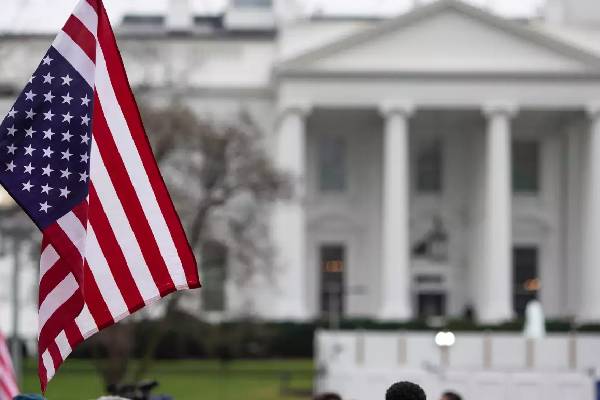The recent wave of layoffs in the U.S. tech industry has sent shockwaves through the sector, with a disproportionate impact on Indian workers, particularly those on H-1B visas. This situation, coupled with new visa rule changes, is reshaping the immigration landscape for international students and skilled workers in America.
According to Layoffs.fyi, approximately 438 tech companies have laid off around 137,500 employees. This downturn has created a challenging job market for tech professionals, with fewer positions available in a sector once considered recession-proof. The temporary nature of H-1B visas leaves many Indian workers with a limited timeframe to secure new employment or face the prospect of leaving the country.
The U.S. Congressional Research Service reports that Indian-born H-1B visa holders face an incredibly long wait – potentially over 190 years – for green cards, even if they meet all labor department requirements. This backlog exacerbates the precarious situation for many skilled Indian workers in the tech industry.
Bloomberg reports that layoffs have affected Indians more severely due to their tendency to remain on temporary visas longer than other foreign groups. This prolonged temporary status makes them particularly vulnerable during economic downturns and company restructuring.
In response to these challenges and as part of regular updates, the U.S. Department of State has released its October 2024 visa bulletin, introducing new immigrant visa numbers for the 2025 fiscal year. These changes affect various visa categories, including the EB-5 investor visa program.
For the EB-5 visa category, visas remain available worldwide for investments in rural areas, high unemployment areas, and infrastructure projects. However, applicants from mainland China and India face backlogs in the unreserved category, with some advancements in processing dates.
Simultaneously, significant fee increases have been implemented for H-1B visas. The registration fee has skyrocketed from $10 to $215 per beneficiary, a staggering 2150% increase. The application fee has also seen a substantial rise, from $460 to $780 for paper filing, marking a 70% increase.
Green card applications have not been spared from these changes. The general filing for an I-130 petition now costs $675 for paper filing and $625 for online filing. Additionally, a new Asylum Program Fee of $600 has been introduced for certain petitions.
For international students, the landscape is also shifting. Enhanced scrutiny has been implemented for F, M, and J visa applicants, who must now provide accurate passport information when scheduling appointments. On a more positive note, the maximum validity for Employment Authorization Documents has been extended to five years for eligible individuals, providing some relief in terms of work permit extensions.
Practical training opportunities for students, such as Optional Practical Training (OPT) and Curricular Practical Training (CPT), remain available. The 24-month STEM OPT extension is still in place, with some employer requirements being relaxed.
These changes aim to streamline processes, enhance security, and address operational costs. However, they also add financial burdens to applicants and potentially reshape the demographics of the U.S. tech workforce.
-Sanyogita


































